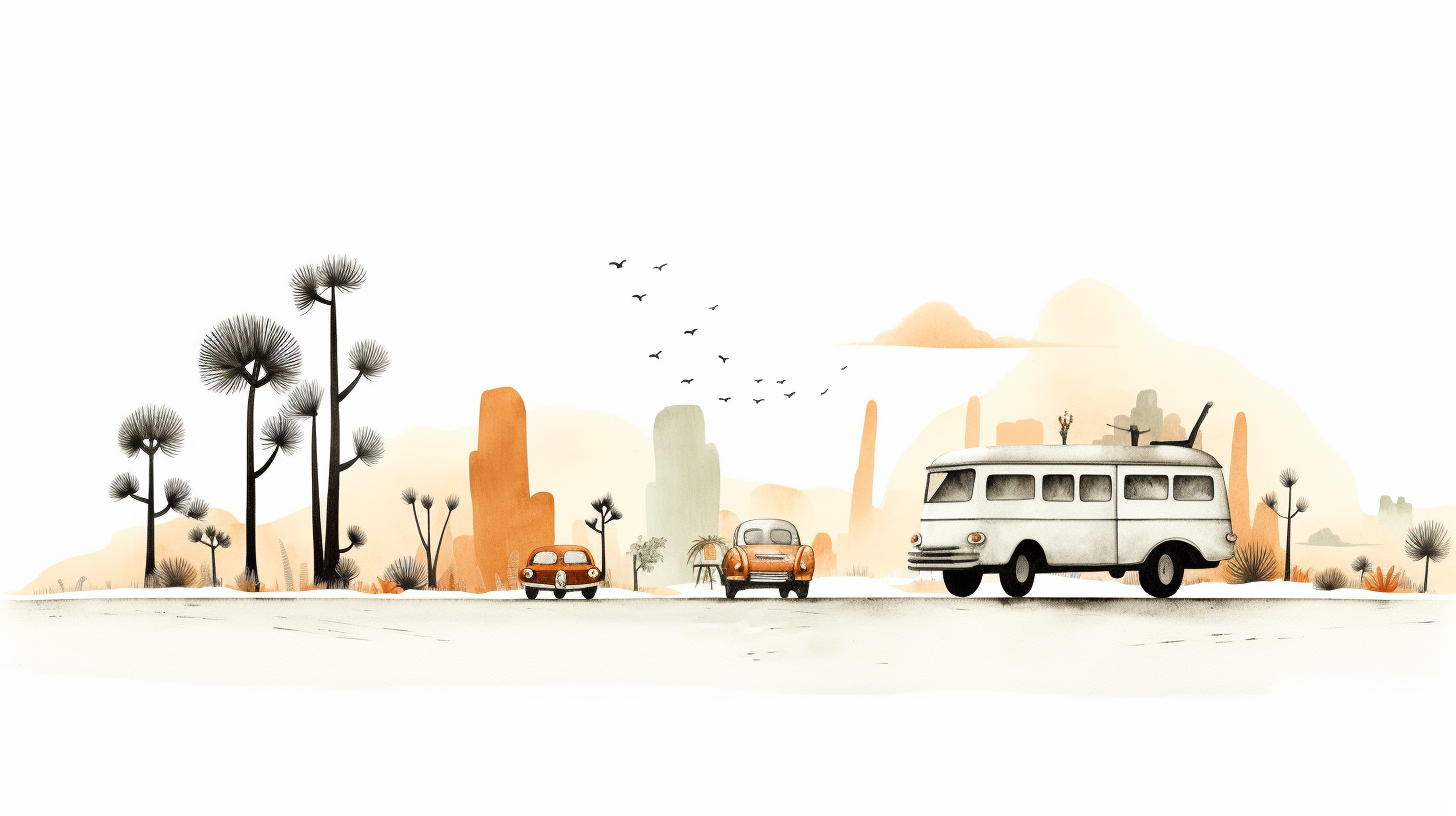In the heart of the 60s and 70s, the 'Magic Bus' phenomenon embodied the essence of hippie culture, symbolizing not just a means of transportation, but a journey towards freedom, adventure, and spiritual discovery.
These colorful buses, often painted with psychedelic motifs and symbols of peace, traversed Europe and Asia along a route known as the 'Hippie Trail.' The journey extended from cities like London or Amsterdam to exotic destinations such as Kathmandu or Goa, becoming a sort of pilgrimage for those seeking spiritual experiences inspired by Eastern traditions.
A new hippie trail was created, from Amsterdam to Kathmandu, on a bus that charged a fare of approximately a hundred dollars and traveled through countries that must have been pretty interesting: Turkey, Lebanon, Iran, Iraq, Afghanistan, Pakistan, and part of India (a great distance from the Maharishi’s temple, it’s worth noting). The trip lasted three weeks and an insane number of miles. (Coelho, Paulo. 2018. Hippie. Milano: La nave di Teseo.)
For the hippies, traveling on the Magic Buses was not just a way to move from one place to another, but it represented a lifestyle, a way to explore new lands, share confined spaces, make new friends, exchange ideas, and live in a nomadic community. These journeys on modified buses, which provided spaces for sleeping and cooking, were an expression of the hippie philosophy based on sharing, free love, and pacifism.
However, traveling along the Hippie Trail was not without challenges and dangers. Travelers often had to face logistical difficulties, political problems in unstable regions like Afghanistan and Iran, and health risks. Despite these difficulties, for many, the adventure and the experience of growth were an integral part of the journey.
With the establishment of stricter regimes in some of these regions and the increase in political tensions at the end of the 70s, traveling this route became increasingly dangerous and eventually impracticable. This marked the end of an era of hippie-style travel. The legacy and influence of these 'Magic Buses' and their philosophy of freedom continue to persist in the travel culture to this day.
Richard Gregory. The Hippie Trail 1974 - London to Kathmandu. A personal account of the classic overland trip https://www.richardgregory.org.uk/history/hippie-trail-01.htm
Hippie trail https://en.wikipedia.org/wiki/Hippie_trail

